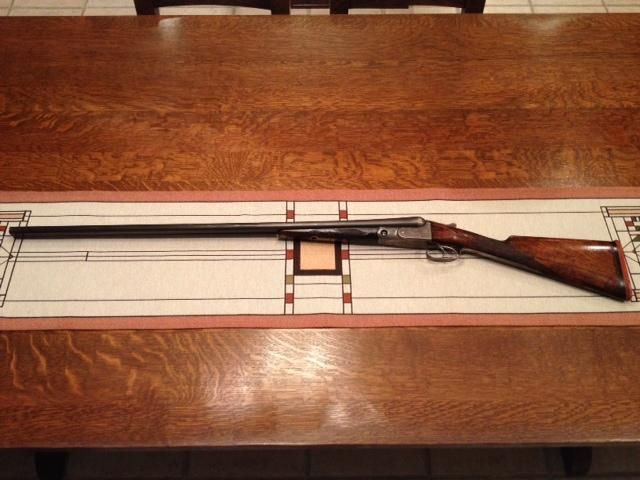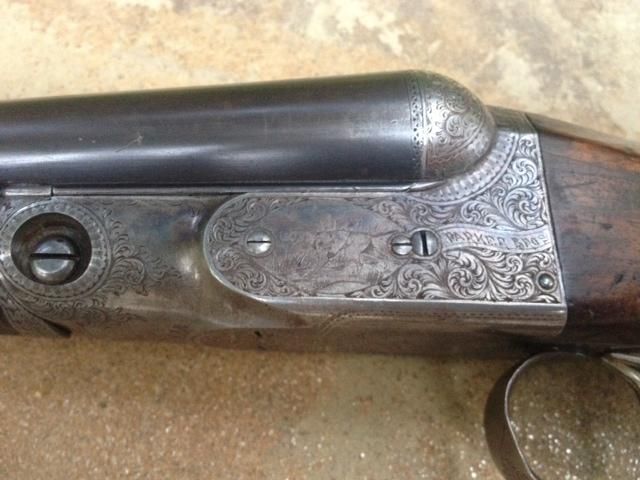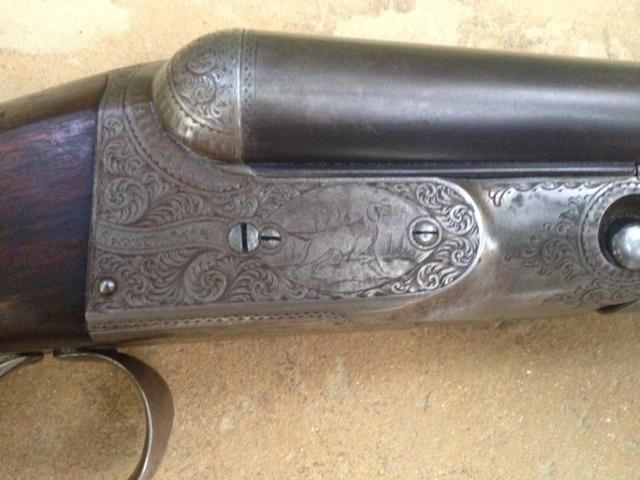Kasper Eisenlauer was a young man in Germany in the late 1800's. Like many eastern Europeans, he knew his future lay in America.
Of all the classes he could have chosen to travel aboard that ship, "stowaway" was not his first choice, it was his only choice.
Upon discovery, Kasper was made to work in the galley for the duration of his cruise. It was there that he learned to cut meat. They called it "swinging beef".
Not much is known of his first years in America but in 1897 Kasper finds himself ascending the Chilkoot Pass.
He'll make a small fortune in the Klondike. When he returns to the lower 45, he settles in central California.
He begins buying tracts of land, rectangular in shape. His cattle's journey begins on the southern boarders of his property and he grazes them north, where at the top, he's built a meat packing plant. Along with two partners, the wholesale butcher company of Cadwell, Kelly & Eisenlauer was formed. Kasper sells his beef from Santa Barbara to San Francisco. Together with his brother Lawerence, the family accumulates cattle under one of their registered brands, the "Christmas Tree".
The meat packing business was a success. Like Grandma said,"they gotta eat".
Kasper likes to hunt ducks in his spare time. A founding member of the Hanford Duck Club (same longitude and latitude as the Wigeon Duck Club), he and his buddies are fortunate to be shooting in the middle of the largest duck flyaway in North America.
Bagging birds was easy. 12 gauge was no longer a challenge.
In April 1911, Hugh Poston, a Remington executive, orders 10 Parker DHE's for the Hanford members. 20 gauge, 32" barrels, no safeties. 2 5/8" chambers, 4 lb trigger pulls, "Must be good shooters". These guns pre-date the Wigeon guns by 1 year.
Kasper receives Parker 156168, the only 1 of the 10 with surviving information.



Acre for acre, the Central Valley of California supports more wintering waterfowl than anywhere else in North America.
At peak times, this region hosts 5 to 7 million wintering waterfowl—more than 60 percent of the Pacific Flyway’s ducks and geese.
As you would expect, the high ratio of birds to habitat results in some superb waterfowl hunting.
After a few years, the Hanford clubs members contemplated long barreled Parker .410's.









